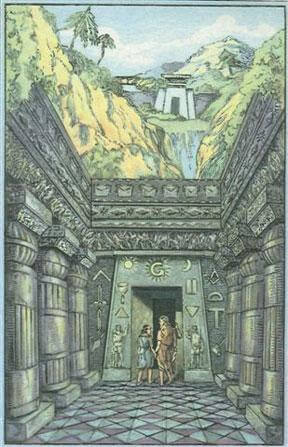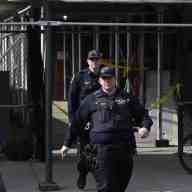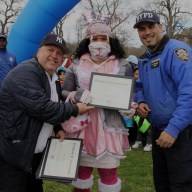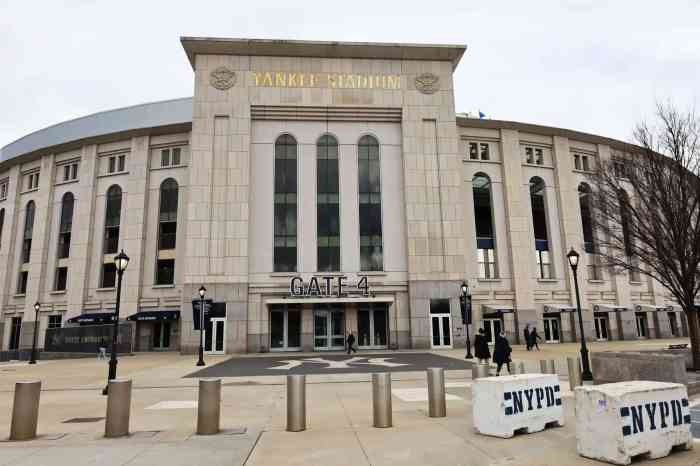There once was an old man living on Washington Avenue off East 167th Street in Morrisania whom many thought of as being a little daft. His name was James L. Parshall and he was one of the original settlers of Morrisania when the village was established in 1848. He wore his hair down to his shoulders which very much set him apart during the Civil War era and gave rise to his being cited as somewhat odd. Actually, he was quite adept at business and was one of the most successful real estate people in the village. He was also known as a spiritualist and when his daughter was thrown from her horse and died, he kept her mount saddled up and ready in the stable. He did have some strange ways, but don’t we all?
He was also a theatre buff and the few visitors he had at his home were theatrical types. He owned the local theatre called the Atheneum which was adjacent to his home at the corner of Washington Avenue and 167th Street. He rarely went out at night so if you saw him going to the Atheneum after dark, you knew it must be a great production. The backdrop for the curtain was painted by a Mr. Hausrath who had his paint shop on today’s Third Avenue between 167th and 168th Streets. It was a work of art and was called “The Voyage of Youth.” Perhaps it was just another example of Parshall’s spiritualism. His wife was his constant companion and he never left home without her except when he was going to work at his real estate office located on Fulton Avenue between 166th and 167th streets. They would take rides through the countryside and often take the train down to New York City to attend the theatre.
He owned numerous parcels of real estate throughout Morrisania including the lot that once housed Pudding Rock at Cauldwell Avenue and Boston Road below 166th Street. I noticed one transaction as late as 1890 where he sold two lots on Cauldwell Avenue to Henry V. Williams. He also established the Bensonia Cemetery on St. Ann’s Avenue. It was sometimes called the Bensonia Lutheran Cemetery and sometimes the Morrisania Cemetery and it was developed on land that had once been a Native American Burial Ground. Parshall was very careful when selling the gravesites not to include pathways and stipulating that the sale was for burial purposes only. This later proviso proved a problem when the cemetery fell into disuse and lot owners tried to find an alternative use for the land. It took many years to resolve this problem. After it closed, the remains were moved to Woodlawn Cemetery. When Parshall passed away he was also interred at Woodlawn Cemetery and his wife, Phebe Ann, joined him there in March of 1901.



















